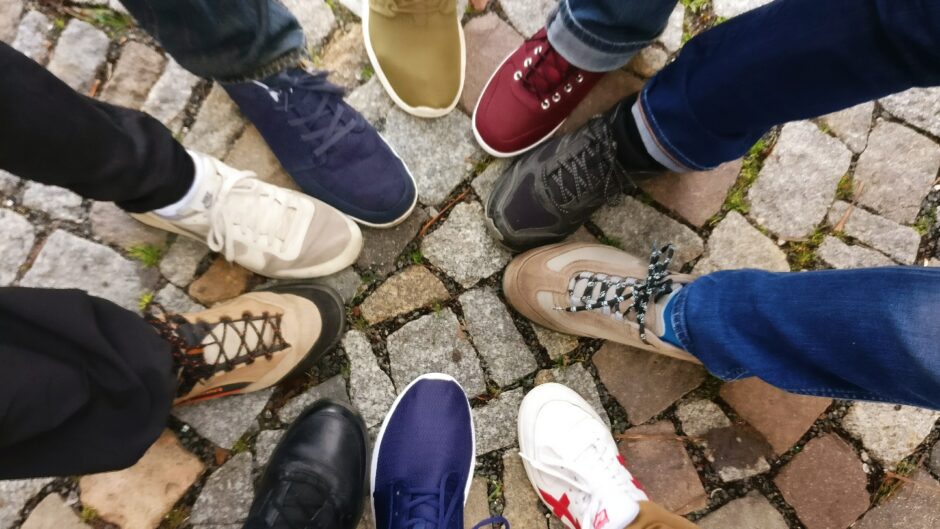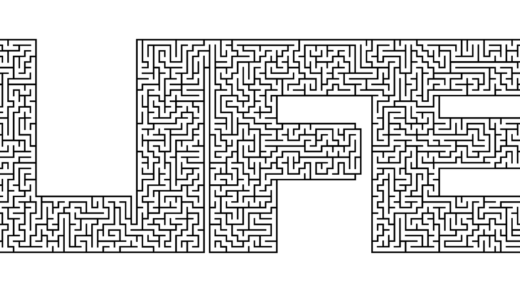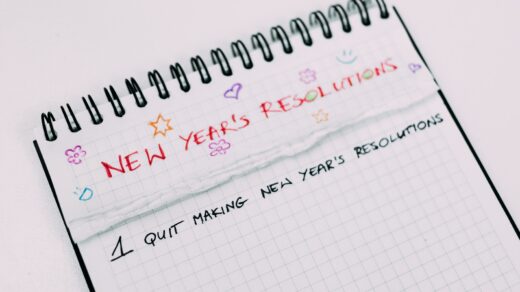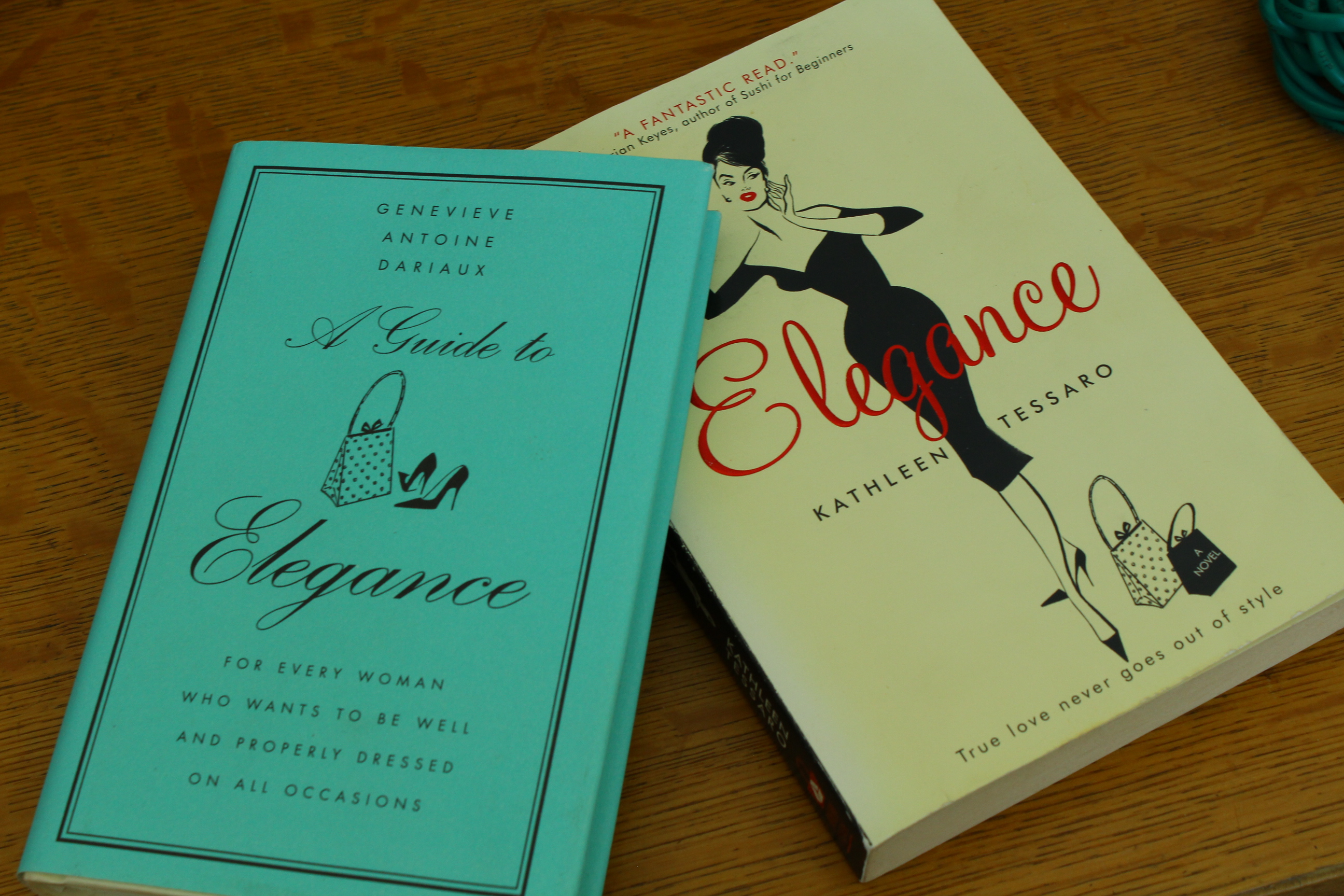I have bad feet. I could get past it until about three years ago and now I can no longer ignore it. Not to say that I’ve completely ignored it, it’s just that I’ve been able to wear many different types of shoes, including high heels, until about three years ago. Now I have to follow some different shoe rules.
My feet pronate inward. Over decades, this has resulted in a misaligned walk that is developing into Hallux Limitus. What is Hallux Limitus? Well, hallux is the joint of my big toe, the one that connects to the rest of the foot. Limitus is just as it sounds, that joint has developed an arthritic condition in which it limits that joint’s ability to bend. When we walk, our toes bend upward, and for me, that can cause pain. It’s been around for a while, but it’s becoming more consistent these days – and annoying.
Several years ago, I got some custom shoe inserts that helped a little bit, or on some days, a lot. They are fairly bulky and really only work in “regular” shoes. When I say regular I mean something like a loafer or an oxford, not something like heels or sandals. Although I’m able to use them often in my high heeled boots. But they don’t work in all regular shoes. If the height of the part on the back of the heel (not the actual heel) is too low, then the support raises my foot up enough that my heel slips out of the shoe when I walk. Not only annoying, but a bit dangerous when I’m walking fast and basically walk out of my shoe.
I have seen a few foot doctors over the years, which is how I learned what was going on. One gave me shoe rules that I have been following the last 6 or 7 years. Here they are in case they help you. First, no ballet flats or similar. They provide no support at all. Likewise, no walking around barefoot, even at home. The best thing for me is to have a supportive shoe on at all times. No, I don’t follow this to the letter, I have no shoes on at the moment. But I do tend to wear them more around the house than I used to. Second, if I grab the front of the shoe and the back of the shoe and can bend it in half, leave it on the shelf. I need a sole that is stiffer and more supportive. I’ve discovered this rule to be helpful when shopping. Third, when wearing something like a sandal, a heel strap and a top strap are key for me. Otherwise, my toes tend to grip down at the shoe to try to hold it on my foot. Basically, no slip-on shoes without a back. This also has been a key for me to prevent further injury to my feet.
While this isn’t necessarily a rule, one thing all the foot doctors have noted is that sneakers (or trainers, or tennis shoes or running shoes or whatever you call them) generally provide good support. If you’ve even gone to a foot doctor, you may have noticed they wear dress pants but always with sneakers. These shoes have been more specially designed for feet than any other type. The study of running is a big science and shoes are key for success.
A year or year and a half ago, I was searching amazon for yet another type of shoe insert (I’ve tried many) and stumbled onto a pronation insert. I had always been looking for arch supports to try to lift my pronated feet, but turns out that what I needed was something at the heel. My custom insert from years ago appears to be an arch support, but I think what it really is, is a whole support on the interior of my foot and I didn’t connect that there was a heel correction within it. So anyway, at about $15 I thought that it was worth a try to get some reusable, sticky, clear heel supports. I found them from Braceability, here is the link to their company: https://www.braceability.com/products/medial-lateral-heel-wedges.
They have been very helpful. I have been able to wear them this summer with sandals and they’ve stayed on my shoe and it does assist with my walking more correctly, therefore not placing more stress and injuring my joint further. Are they a cure-all? No. I did just purchase two more sets though. I’ve been able to wash them and they get their stickiness back so they’ll adhere to the shoe. They can tear when removing them from a shoe, so I’d recommend slow and steady removal to keep them intact. I just noticed that my original pair might be starting to really break down after 1 to 1 ½ years of use. Pretty good value for about $15. I’ve been able to wear them in any shoe so far. They are supposed to work with both inward and outward pronation. I can only speak to the inward.
And now for the shoes themselves. I’ve been searching the internet ceaselessly lately, just trying to find some nice shoes. My style is classic, tailored, business-like or even a bit preppy if that all makes sense. Apparently for Hallux Limitus (and the more developed Hallux Ridgidus) the best shoe is a wide toe box with a rocker sole to it. If you look these up, you’ll notice a general hippy-drippy sandal vibe. Flower-power. Clogs. I have a few looks this goes with, but in general it’s not me. And that’s if I’ve been lucky to find those, most of the time, they are just ugly orthotic shoes. UGLY! And most of them that are any type of sandal have a Velcro strap. I guess shoe companies believe that if I need a shoe for an arthritic toe that I have no sense of style or don’t care AND I have arthritic fingers. I’m under the 50 year old mark, way too young to chuck it all. And my fingers are just fine. I already feel bad enough about having to wear orthotic shoes, please don’t belittle me more by only offering Velcro closures – an indication that I must be incapacitated entirely.
There is a blog out there called barkingdogshoes.com that’s been very helpful in my quest for better looking shoes. She has posts dedicated to trying to find the best looking shoes for those of us with this condition, and understands that style is a good thing. She also notes that we may just be out of luck. But by reading through some of her information, I have found new brands I could try and more importantly, what elements to look for within a shoe.
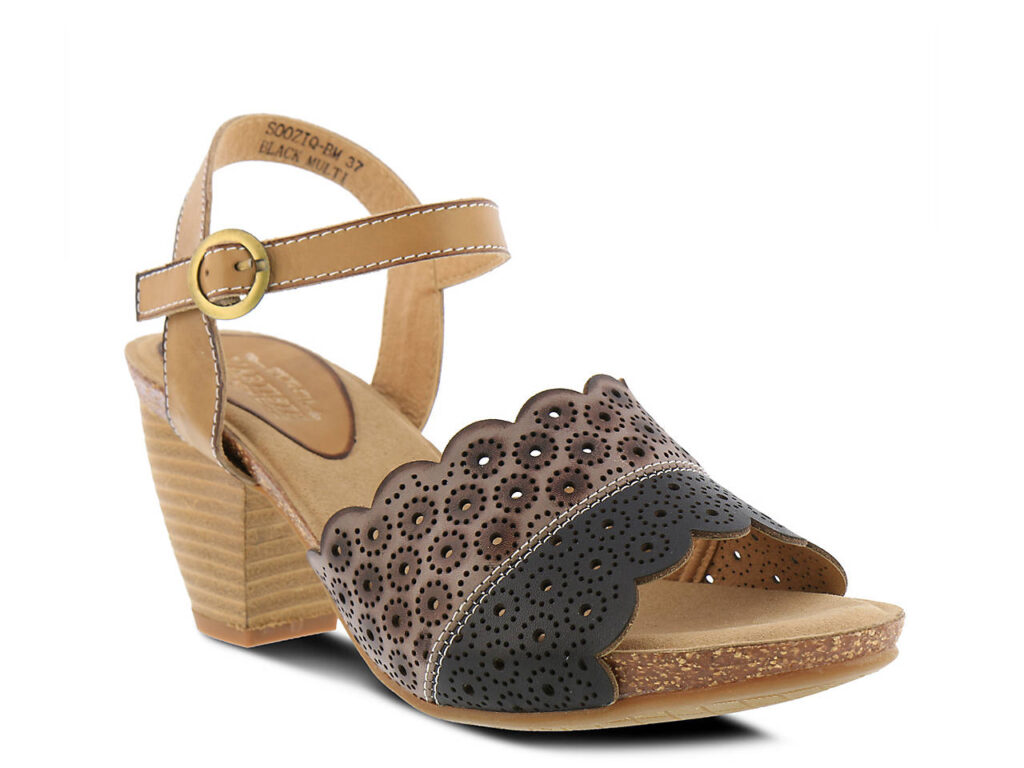
That said, I stumbled on to L’Artiste by SpringStep in the last couple of weeks and decided to order two pairs of shoes. Now I must note that my condition is probably in the minor to moderate stage. It is visible on an x-ray, but I can still wear a high heel now and then if most of my day is sitting down. So this brand might not work for those with more advance conditions. I purchased the Sooziq Sandal through DSW.com (https://www.dsw.com/en/us/product/lartiste-by-spring-step-sooziq-sandal/487145?activeColor=099) and have worn them to work twice, with my pronation lift, and have found them to be better than most shoes I’ve been wearing. They still have a heel to them, so I feel like they are dressier for work. They are also a sandal that has a real buckle, although many of their sandals to have Velcro closures. What I like about this brand is that on many of their shoes, they pull the top of the shoe down over the full depth of the thickened sole. This makes it look less like it has a platform or thick sole and I prefer that. I just don’t like the look of platform shoes. I also bought a pair of loafers from this same brand which did not have the platform sole but appeared to have a rocker front to it. They aren’t as supportive as they looked, but I did find them very comfortable to wear, even more so further into the day as my foot settled in. And I could wear these with my full, custom insert, not just the clear stick in ones. They were hard to find in my size, I saw them in another size and fell in love with the tailored, yet off-beat look. And I do really like them in person. I had to get them through Amazon. https://www.amazon.com/gp/product/B07RKCW6F9/ref=ppx_od_dt_b_asin_title_s00?ie=UTF8&psc=1
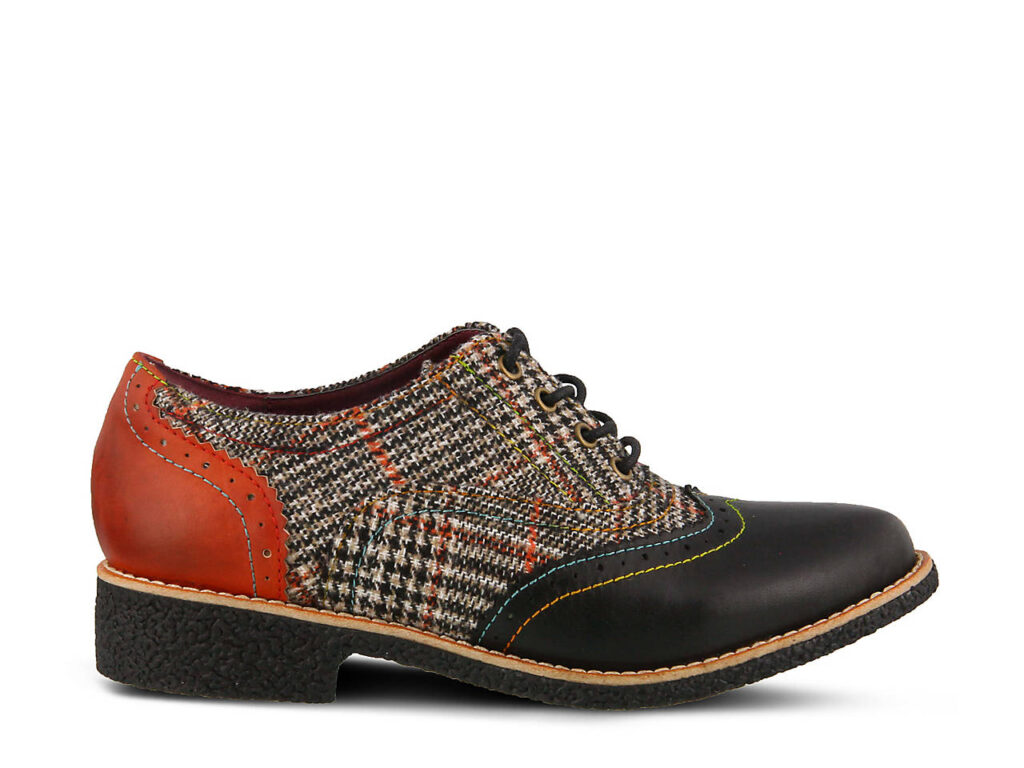
Overall, I think I will look to both L’Artiste by SpringStep and their vanilla brand SpringStep for shoes that will work for both my foot structure and my sense of style. They aren’t the cheapest shoes on the internet, but at around $100 or less, they are still cheaper than a trip to the doctor’s office.
